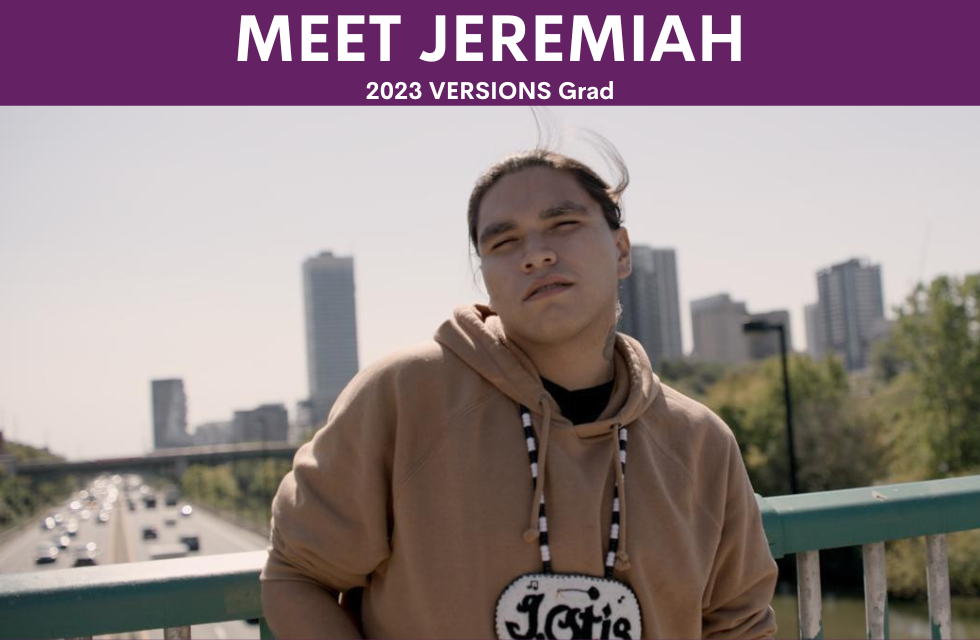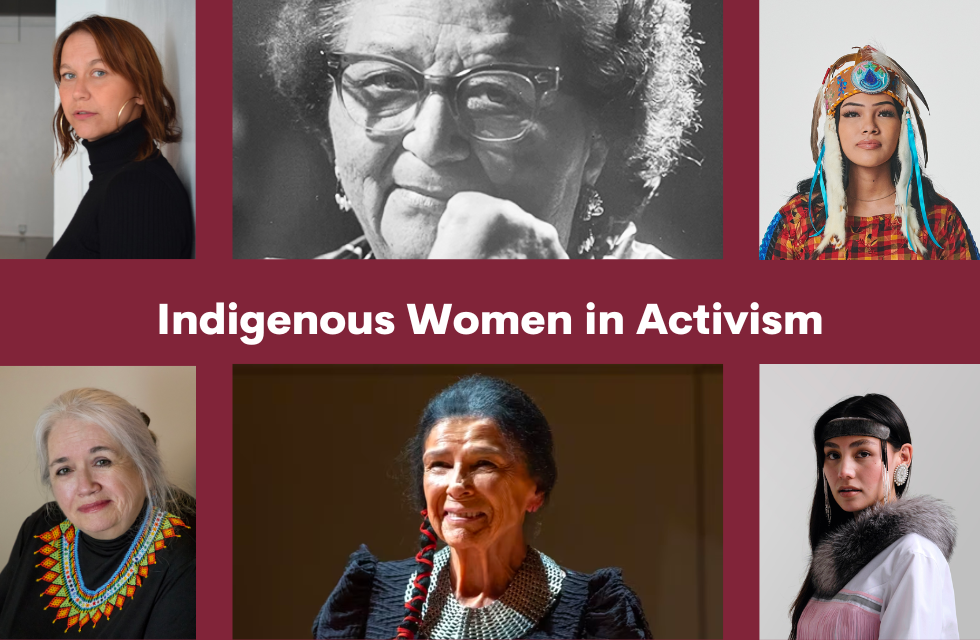In this series, we're highlighting our VERSIONS Alumni. You'll learn about their transformative journeys with…

The Complex History of Black Hair
If you have textured hair, you’re likely familiar with the smell of a hot comb on Sunday mornings, sitting between your grandmother’s legs with a wince as she pulls your hair into tight braids, or perhaps you’re more acquainted with the feeling of aching shoulders from hours of wrangling the knots out of your thick hair before painstakingly shaping each curl for the upcoming week.
We see Black hair as the focus of political debates and agendas, classroom discussions, corporate assessments, and dinner table conversations. People, many of whom are not Black, offer opinions around appropriation, historical significance (or insignificance), and more. Traditionally Black styles such as braids, afros, cornrows, and dreads are scrutinised and dubbed as acceptable or unacceptable depending on the context and who wears them. But many of these discussions fail to acknowledge the complexity of the topic.
It’s important to recognize that Black hair can’t be tucked into a neat little box–its reach spans generations, countries, and political movements. We know Black hair is a significant form of identity for not only many of our Darkspark fellows but people of colour (POC) all around the world; it’s a symbol of history, struggles, self-expression, fashion, identity, and so much more.
Black Hair as a Life-Saving Tool
 We can look back to the time of slavery and beyond to see examples of Black hair at the heart of identity. However, the slave trade and colonialism are two defining points in the history of Black hair.
We can look back to the time of slavery and beyond to see examples of Black hair at the heart of identity. However, the slave trade and colonialism are two defining points in the history of Black hair.
Our educational system tells us how colonizers terrorized countries and slavers captured innocent people, but we typically don’t learn how meticulous they were in their methods. Colonizers instantly recognized Black hair as a critical symbol of African identity and culture. As they stole the native people, slavers would shave captives’ heads, not only for alleged sanitary reasons and to establish dominance, but to strip away identity and demolish cultural ties, making it easier to dehumanize the people.
When their hair grew back, the enslaved people learned to use the limited resources available to protect and nourish their hair. They continued to practice protective and decorative hairstyles, but soon the traditional styles took on another purpose; to save lives.
More recently, oral accounts of history explain how Black hair served as a means of communication. Enslaved people crafted secret messages with the strands on their heads, forced to find a dual purpose in their hair out of determination and resilience. Under the watchful eye of slavers, enslaved people would braid intricate designs into each other’s scalps and weave in maps to freedom. As captives, they were often barred from learning to read and write, and when they attempted to communicate with each other, their words and actions were heavily monitored.
Other records describe how braids doubled as a way to hide and transport grains of rice, beans, and seeds. Often denied adequate food, enslaved people would sustain themselves with the bits in their hair. They could also use the seeds they carried to grow their own crops once they reached the end of their treacherous route–a plantation.
The Revolutionary Power of the Afro (in the ’70s)
 The ‘70s. An era many of us fondly remember as the decade of disco and hippies. To this day, we often see costumes pair bell bottoms with afro wigs to symbolize the iconic time. But why was the afro such a significant symbol of the times, and why not before?
The ‘70s. An era many of us fondly remember as the decade of disco and hippies. To this day, we often see costumes pair bell bottoms with afro wigs to symbolize the iconic time. But why was the afro such a significant symbol of the times, and why not before?
Alongside the bright and colourful attributes, the ‘70s were host to various civil conflicts–including protests against racial segregation and oppression. We see the Black Power movement boom during this time. When whiteness governed all aspects of society, from beauty to politics, Blackness went against the grain. Black features and culture had been stifled and discarded for so long, and slowly but surely, people began to recognize Blackness’s innate magnificence and strength. By embracing Blackness, society not only began to redefine beauty but simultaneously made a powerful political statement. An iconic figure of the time, Kathleen Cleaver, was a big proponent of natural Black beauty, including afros, and she famously stated, “We were born like this, and we wear it like this… We were told to straighten our hair and whiten our skin to look like white people. But Black people are aware now.” With the simple act of embracing naturally Black features, like natural hair, people of colour were reclaiming their power by the masses and changing both societal norms and the conversation about race.
This wave of (seemingly) radical Black acceptance was amplified by the still-popular phrase “Black is beautiful.” Both in the literal sense of external aesthetics (afros, full lips, dark skin, and more) that countered traditionally white trends, and art and literature. Everyone, but primarily POCs, were encouraged to engage with Black culture and lift the community.
We owe a big thanks to the Black Power movement for standing against oppression and segregation and pushing for equity and equality. The various political movements of the ‘70s allowed Blackness to prosper and for the people to connect to their roots. They realized the inherent beauty of being Black and recognized the devastating impacts of colonizers wielding it as a tool of oppression.
The Fight for the CROWN (Act)
You’d think that from days of enslavement to the revolutionary ‘70s, the most significant challenges around Black hair are in the past. But even in 2023, despite the unprecedented access to education and various discourses, Black hair still sparks controversy.
While discrimination is a global phenomenon, the most recent discussions and debates about Black hair are happening in the United States. Most people know discrimination against Black people isn’t restricted to skin tone–it crosses into hair as well. Even to this day, studies show that Black women are 1.5 times more likely to be sent home from the workplace because of their hair, 3.5% more likely to be perceived as ‘unprofessional’ because of their hair, and 66% of Black children in majority-white schools have faced race-based hair discrimination. These are just some of the reasons legislation needed to be put in place to protect textured hair.
Introduced in 2019, the “Creating a Respectful and Open World for Natural Hair” (CROWN) Act was created “to ensure protection against discrimination based on race-based hairstyles by extending statutory protection to hair texture and protective styles such as braids, locs, twists, and knots in the workplace and public schools.” This was revolutionary because Black men, women, and children continue to face severe discrimination in both educational settings and the workplace today. Most of us know (or, at the very least, most POC know) discrimination lends way to anxiety and missed opportunities–and just recently did it officially become recognized as an issue.
Surprisingly, the CROWN act was only first signed into law by California in 2019, and other states slowly began to follow suit. Most people would think that Black people have the right to wear their hair without fear of discrimination, but that simply isn’t the case.
Most recently, the bill was blocked by senate republicans despite passing the House vote. Black hair continues to be used as a political bargaining chip, where people of colour are unprotected and continue to be the focus of discrimination.
It’s Never “Just Hair”
From saving lives to sparking political debates, we know Black hair is never “just hair.” The kinky, curly strands hold history, culture, and identity between them.
It’s important to remember that Black hair discussions aren’t hypothetical–they impact the livelihoods of the people we interact with today while touching those of the past. Black hair is an external representation of history and struggles that go well beyond the surface-level discussions of “is this celebrity allowed to wear braids.” It transcends generations and geographical locations. So while Black hair can’t be summed into a single unified experience, it does unify Black people.




